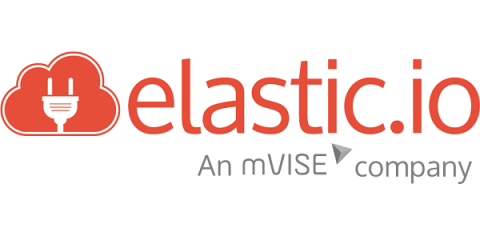Systems | Development | Analytics | API | Testing
%term
Four tips to make Mobile DevOps work in a remote environment
These days, all around the world, mobile development is mostly performed by fully remote teams. Under these challenging circumstances, maintaining a culture of collaboration and shared responsibility can easily become overwhelming.
Don't trust Kafka Connect with your secrets
Open source is great but sometimes it misses the mark for security at enterprise levels. Take Kafka Connect, I’ve built a few connectors in my time and prior to its introduction to Apache Kafka back in 2017 I used other hand cranked pieces of software and security was always a primary concern. One feature that will quickly put a blocker on your project being successful is not reaching production. There’s a number of reasons for this but high up, usually top, is security.
Need to Node - Volume 67
In this volume of Need to Node, you can find the latest news on Deno, a recording of our webinar ‘New and Exciting Features to Land in Node.js version 14’ and ‘JavaScript features to forget’. Need to Node is a weekly bulletin designed to keep you up-to-date with the latest news on the Node.js project, events and articles. You are always welcome to collaborate and participate. Please let us know if we missed a piece of content you think should be included!
Good Catch: Monitoring Revenue When it Matters Most
Revenue monitoring not only involves monitoring huge amounts of data in real-time but also finding correlations between thousands, if not millions, of customer experience and other metrics. Are traditional monitoring methods capable of detecting a correlation between a drop in user log-ins and a drop in revenue as it’s happening? For many reasons, the answer is no.
The 'new normal' of data management
There are few parts of business that the Covid-19 pandemic hasn’t impacted, in some cases creating pervasive and long-lasting change. While no one knows exactly how our lives will emerge from this upheaval, for businesses it’s clear that long term survival depends on agility. Entire workforces have been mobilised in a matter of weeks. Employees – even the Luddites among us – have had to adopt new ways of working and many are in no rush to return to the traditional office!
Navigating A Rapidly Shifting Risk Landscape In The O&G Sector
The Oil and Gas industry is arguably more familiar with managing an array of changing risk factors than almost any other sector in the United States. The industry is used to facing strong headwinds and has proven itself adept at adjusting to often rapidly shifting business conditions, whether that is regulatory change, big fluctuations in supply and demand, or evolving security supply chain concerns.










